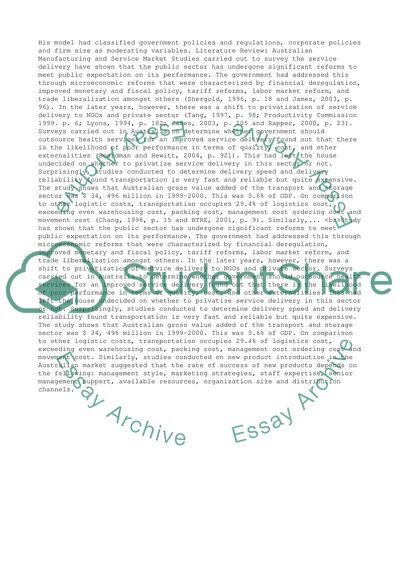Cite this document
(“Operations and Supply Chain Management Essay Example | Topics and Well Written Essays - 2500 words”, n.d.)
Retrieved de https://studentshare.org/management/1392350-operations-and-supply-chain-management
Retrieved de https://studentshare.org/management/1392350-operations-and-supply-chain-management
(Operations and Supply Chain Management Essay Example | Topics and Well Written Essays - 2500 Words)
https://studentshare.org/management/1392350-operations-and-supply-chain-management.
https://studentshare.org/management/1392350-operations-and-supply-chain-management.
“Operations and Supply Chain Management Essay Example | Topics and Well Written Essays - 2500 Words”, n.d. https://studentshare.org/management/1392350-operations-and-supply-chain-management.


